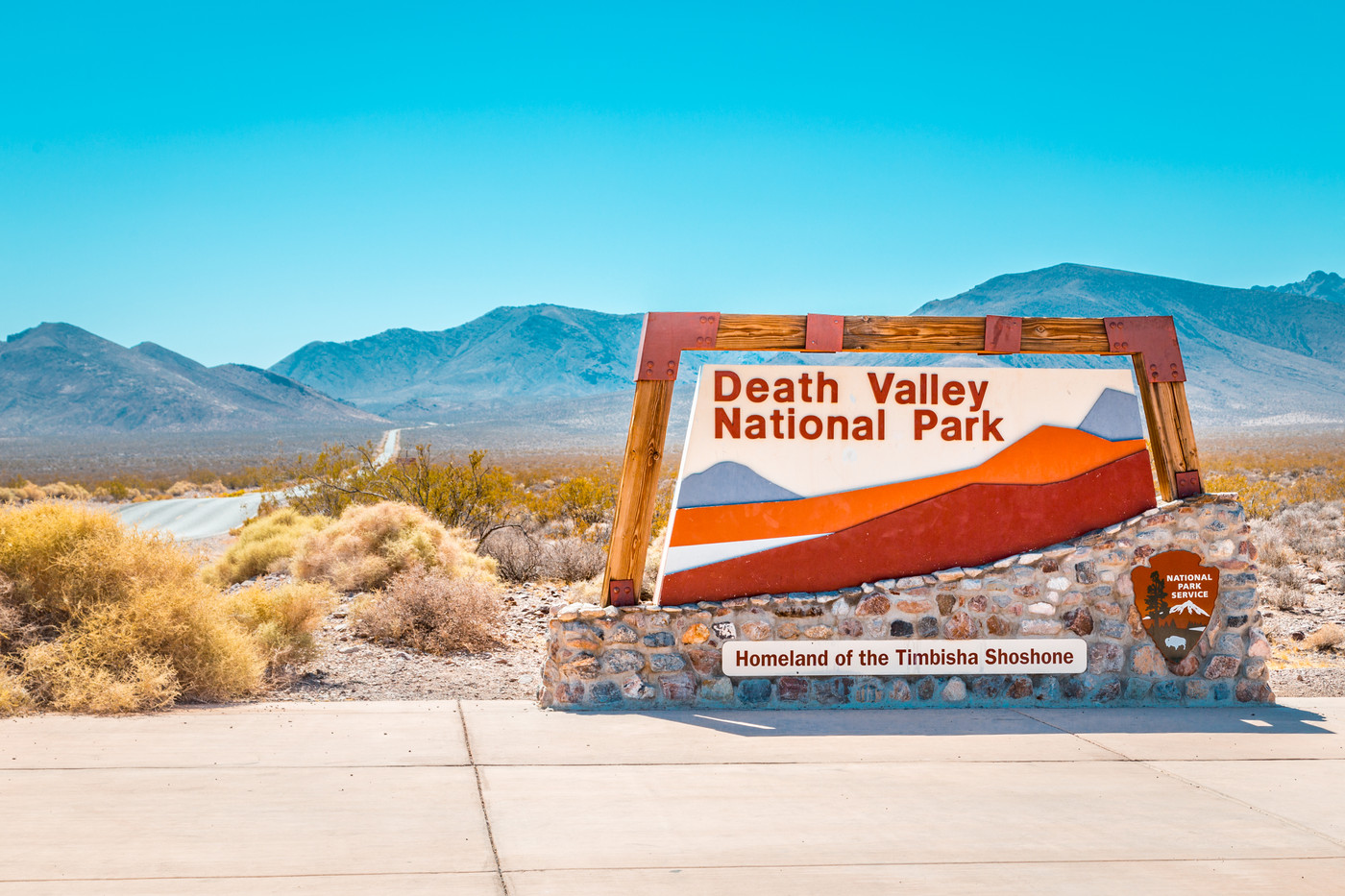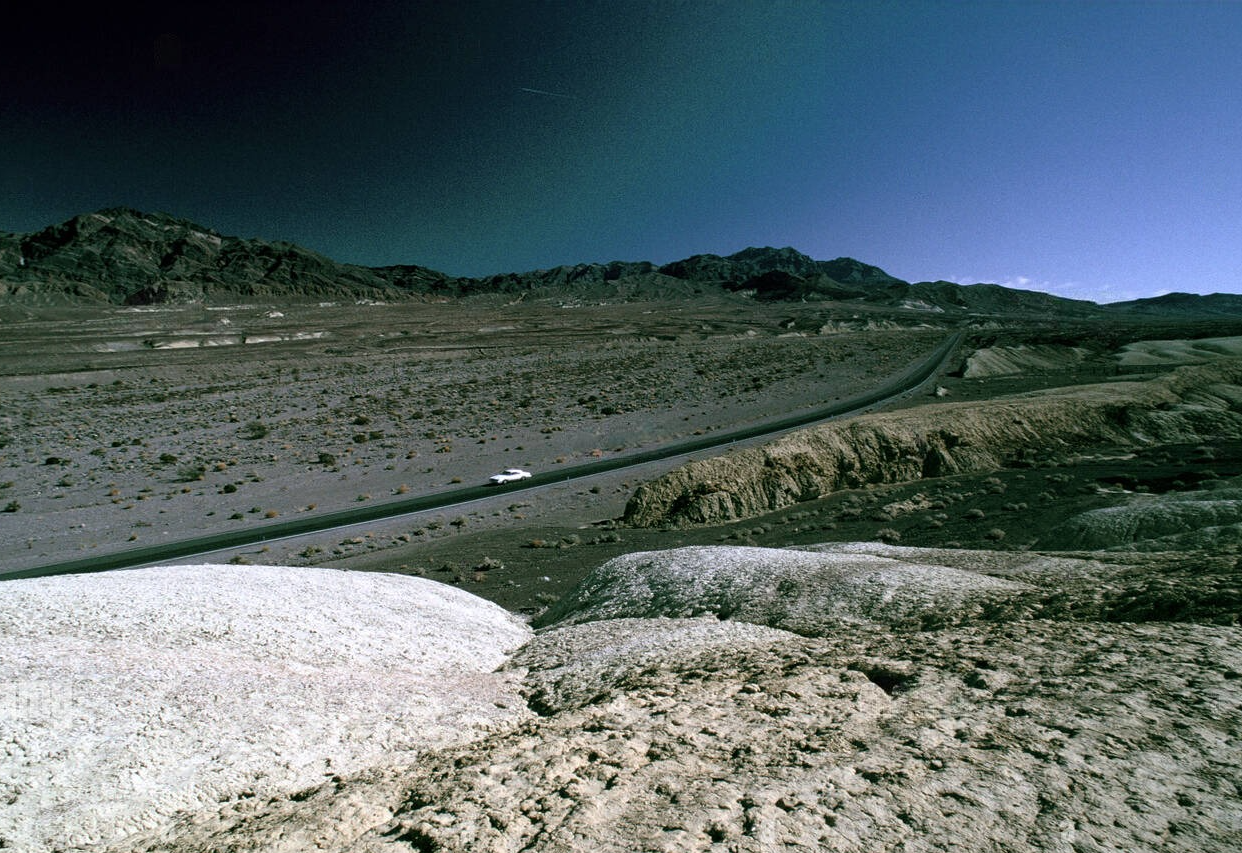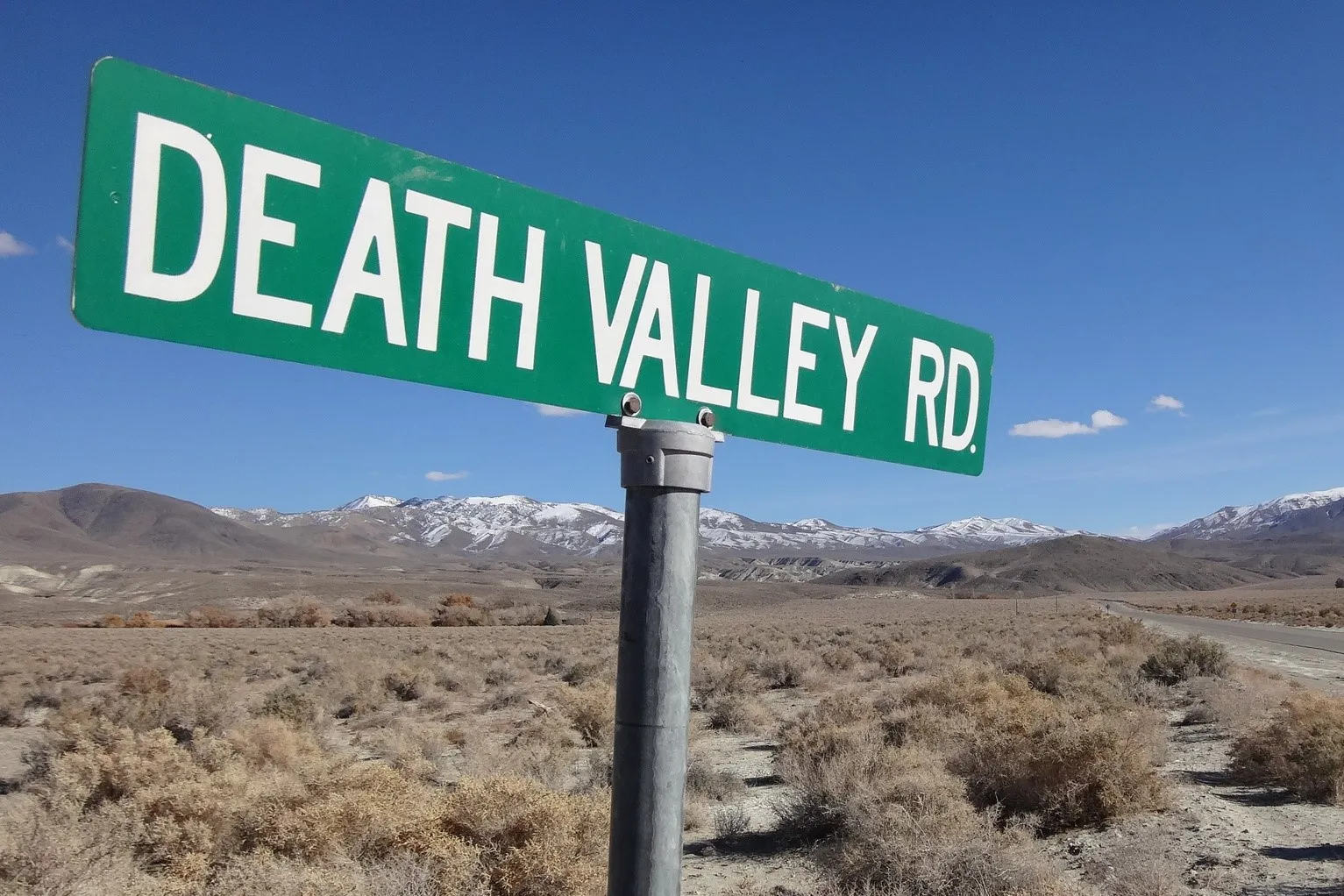
Death Valley National Park is located in eastern California near the border with Nevada. It encompasses a vast area of desert landscapes and is known for its extreme temperatures, making it one of the hottest places on Earth.


Death Valley has existed for millions of years as a part of the geological evolution of the region. However, Death Valley National Park was officially established as a national park in 1994. The area has a rich geological and natural history that predates its designation as a national park by millions of years.



Death Valley itself was not "invented" by anyone; it is a natural geological formation that has evolved over millions of years through geological processes such as erosion, faulting, and volcanic activity.
The concept of a national park, including Death Valley National Park, was established by the United States government as a way to protect and preserve natural and cultural resources for future generations. The creation and establishment of Death Valley National Park as a protected area was a result of efforts by conservationists, government officials, and local communities to recognize the unique and valuable attributes of the region and ensure its preservation.





The name "Death Valley" was given to the area by gold prospectors in the 19th century. The valley's harsh and extreme environment, with its high temperatures and scarce water sources, made it a challenging and dangerous place for early travelers and settlers. The name "Death Valley" reflects the perilous conditions and the challenges that people faced when crossing this region.
The designation of Death Valley as a national park aimed to preserve and protect its unique desert landscapes, geological formations, and diverse ecosystems. Despite its forbidding name, Death Valley National Park is home to a remarkable variety of plant and animal life adapted to its extreme conditions, as well as stunning natural landscapes that attract visitors from around the world.





Death Valley National Park offers a unique and captivating landscape that attracts hiking enthusiasts from around the world. Here are some reasons why it is a great destination for hiking lovers:
Diverse Terrain: Death Valley features a diverse range of terrains, including sand dunes, salt flats, canyons, and mountains. This variety offers hikers the opportunity to explore different landscapes and enjoy a variety of hiking experiences.
Scenic Beauty: The park boasts stunning natural beauty with dramatic landscapes, colorful rock formations, and expansive vistas that provide breathtaking views and photo opportunities for hikers.
Unique Ecosystems: Despite its harsh environment, Death Valley is home to a surprising variety of plant and animal life adapted to desert conditions. Hikers can encounter unique desert flora and fauna, including cacti, wildflowers, bighorn sheep, and more.
Solitude and Serenity: Due to its remote location and vast size, Death Valley offers hikers the chance to experience solitude and tranquility away from the crowds. Many trails provide a peaceful and immersive experience in nature.
Challenging Trails: For those seeking a challenge, Death Valley offers some strenuous and challenging hiking trails that test endurance and skill. The rugged terrain and extreme temperatures add an element of adventure to hiking in the park.
Night Sky Viewing: Death Valley is designated as an International Dark Sky Park, making it an excellent destination for stargazing. After a day of hiking, visitors can enjoy clear and dark skies filled with stars, planets, and celestial wonders.
Overall, Death Valley National Park offers a unique and rewarding hiking experience for enthusiasts looking to explore the beauty and diversity of the desert landscape while enjoying solitude and adventure in a stunning natural setting.





While Death Valley National Park offers hiking opportunities year-round, it's essential to be aware of the extreme temperatures and conditions that vary throughout the year. Here's what you should consider for hiking in Death Valley during different seasons:
Winter (December - February): Winter is the most popular time for hiking in Death Valley due to milder temperatures. Daytime temperatures typically range from 60°F to 70°F (15°C to 21°C), making it more comfortable for outdoor activities. However, nights can still be cold, with temperatures dropping below freezing, so be prepared with appropriate clothing and gear.
Spring (March - May): Spring is another excellent time for hiking as temperatures begin to warm up, and the desert comes alive with wildflowers blooming. Daytime temperatures can range from 70°F to 90°F (21°C to 32°C), but it's crucial to be aware that temperatures can rise rapidly, especially in late spring.
Summer (June - August): Summer is the hottest time of the year in Death Valley, with daytime temperatures often exceeding 100°F (38°C) and sometimes reaching up to 120°F (49°C) or higher. Hiking during summer months can be dangerous due to extreme heat, so it's generally not recommended unless you are experienced in desert hiking and well-prepared with plenty of water, protective clothing, and sun protection.
Fall (September - November): Fall offers milder temperatures similar to spring, making it another good time for hiking. Daytime temperatures range from 70°F to 90°F (21°C to 32°C), and the park is less crowded compared to winter and spring. Fall also brings beautiful sunsets and clear skies, perfect for stargazing.
Regardless of the season, it's essential to be well-prepared when hiking in Death Valley. Always carry plenty of water, wear sunscreen and protective clothing, and let someone know your hiking plans. Check the weather forecast and trail conditions before heading out, and be aware of potential hazards such as flash floods, extreme heat, and wildlife encounters.
With proper planning and precautions, you can enjoy the unique beauty and diverse landscapes of Death Valley National Park while staying safe and comfortable during your hiking adventures.